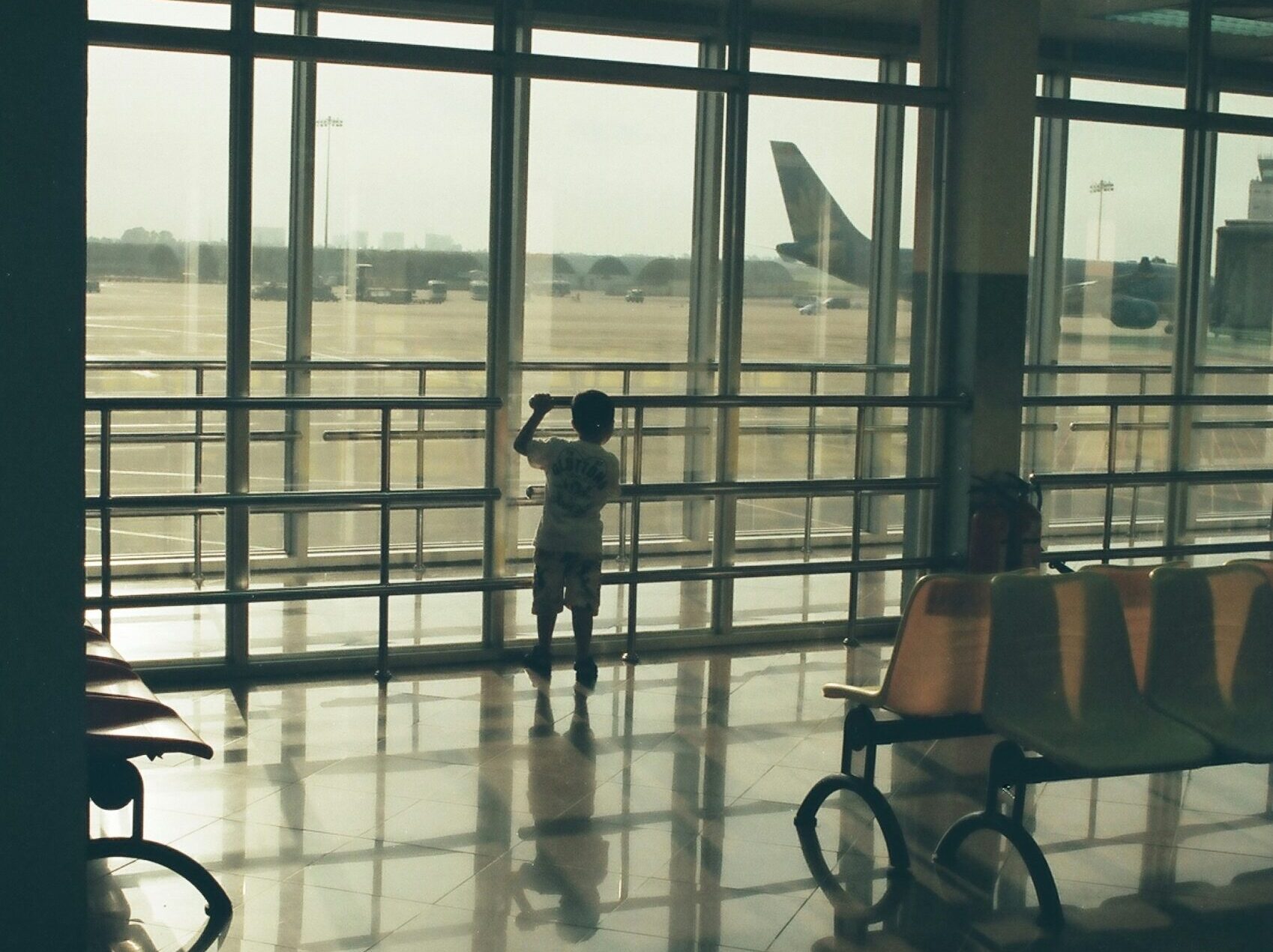Updated: What’s Happening to Flights Across the Middle East Conflict Zone?
Middle East airspace closures after U.S. strikes on Iran force airlines, including U.S. carriers, to cancel and reroute flights.
by George Gomez
June 25, 2025
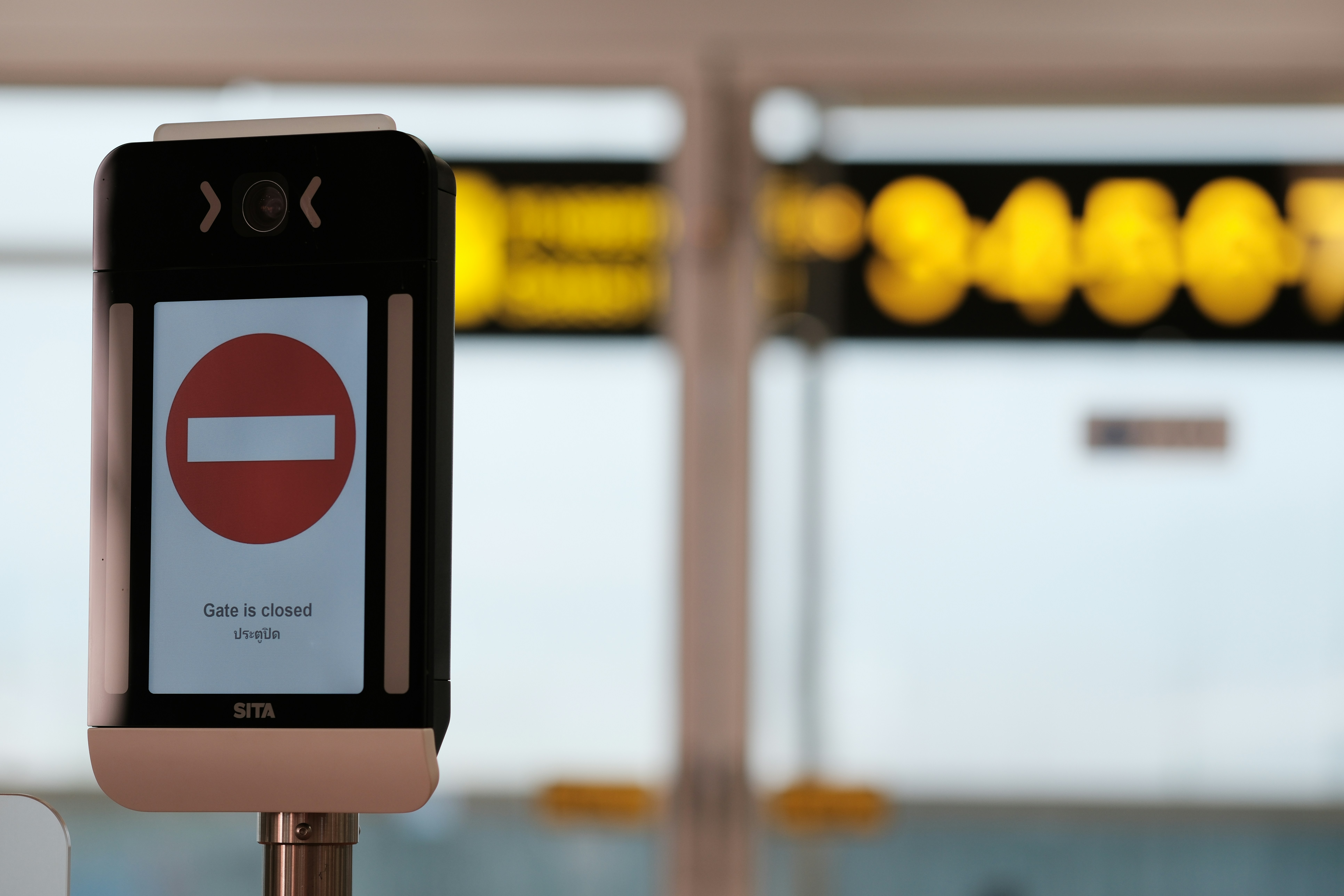
Photo: Courtesy of Marco J Haenssgen / Unsplash
Air travel across the Middle East is facing its most severe disruption in years as escalating conflict triggered by U.S. military strikes on Iranian nuclear sites forces airlines to cancel or divert thousands of flights. The strikes, which followed Israel’s earlier attacks on Tehran, have left major air corridors effectively closed, creating ripple effects throughout the global aviation network.
In a rapidly evolving security environment, airlines from Europe, North America, and Asia have been scrambling to avoid Iranian, Iraqi, and Syrian airspace. As of Monday, real-time data from FlightRadar24 showed large swaths of airspace over the region devoid of commercial traffic.
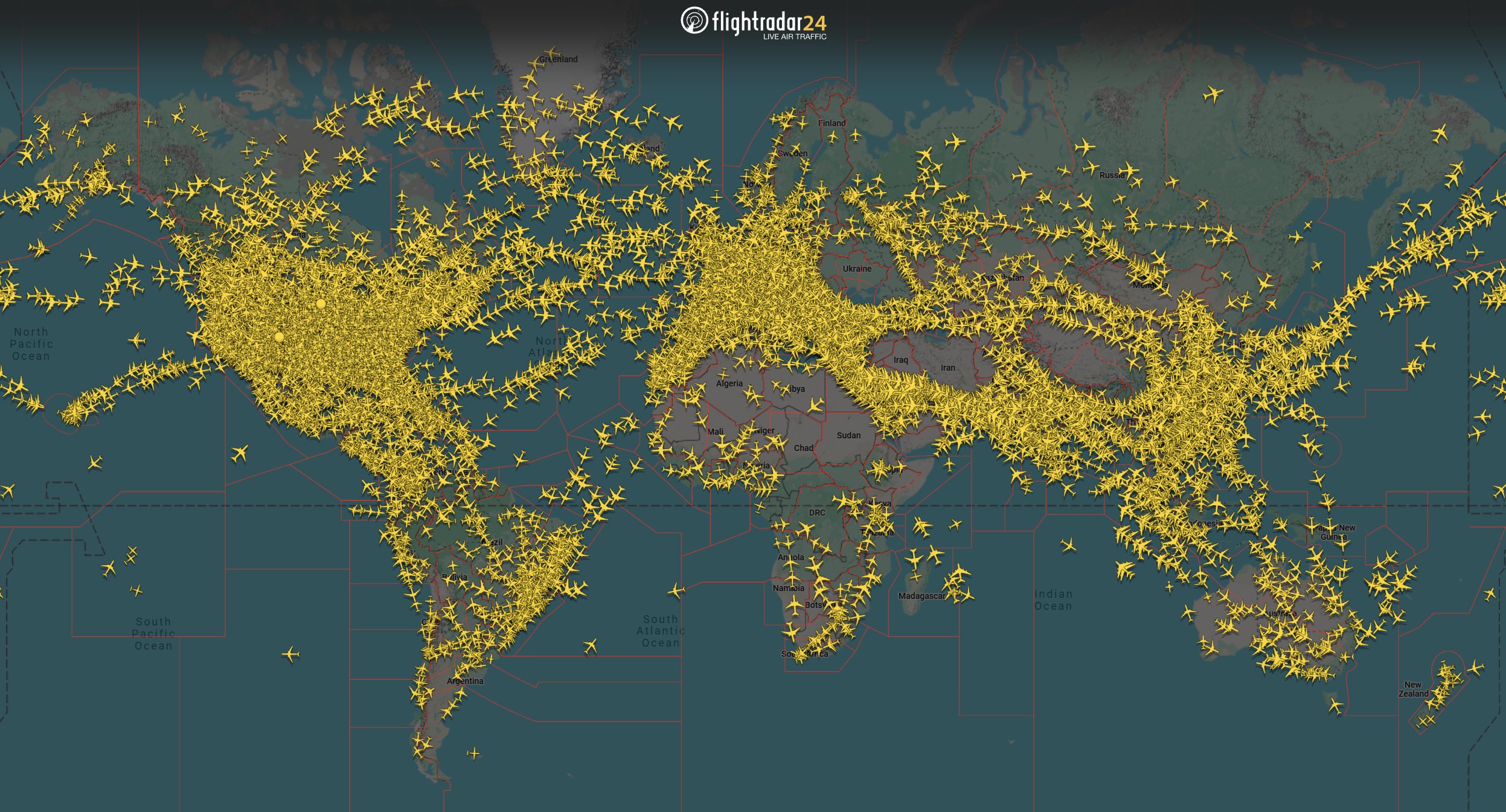
Photo: June 17 worldwide flight snapshot. Courtesy of Flightradar24
“The situation is fluid,” a Singapore Airlines spokesperson told CNBC after the carrier canceled multiple flights to Dubai. “We are closely monitoring developments and will adjust our operations as needed.”
The crisis has piled new pressure onto an industry already contending with long-term disruptions, including the ongoing closure of Russian airspace. With both eastern European and much of Middle Eastern skies now restricted, carriers are rerouting flights either north over the Caspian Sea or south over Saudi Arabia and Egypt—adding flight time, fuel costs, and complexity.
U.S. Airlines Pull Back from the Gulf
U.S. carriers have moved swiftly to adjust. In the days leading up to the American strikes, American Airlines suspended its flights to Qatar. United Airlines and Air Canada also canceled routes to Dubai.
“Safety is our top priority,” a United Airlines spokesperson told Reuters. “Given the heightened tensions, we’re reassessing the security situation in real time.”
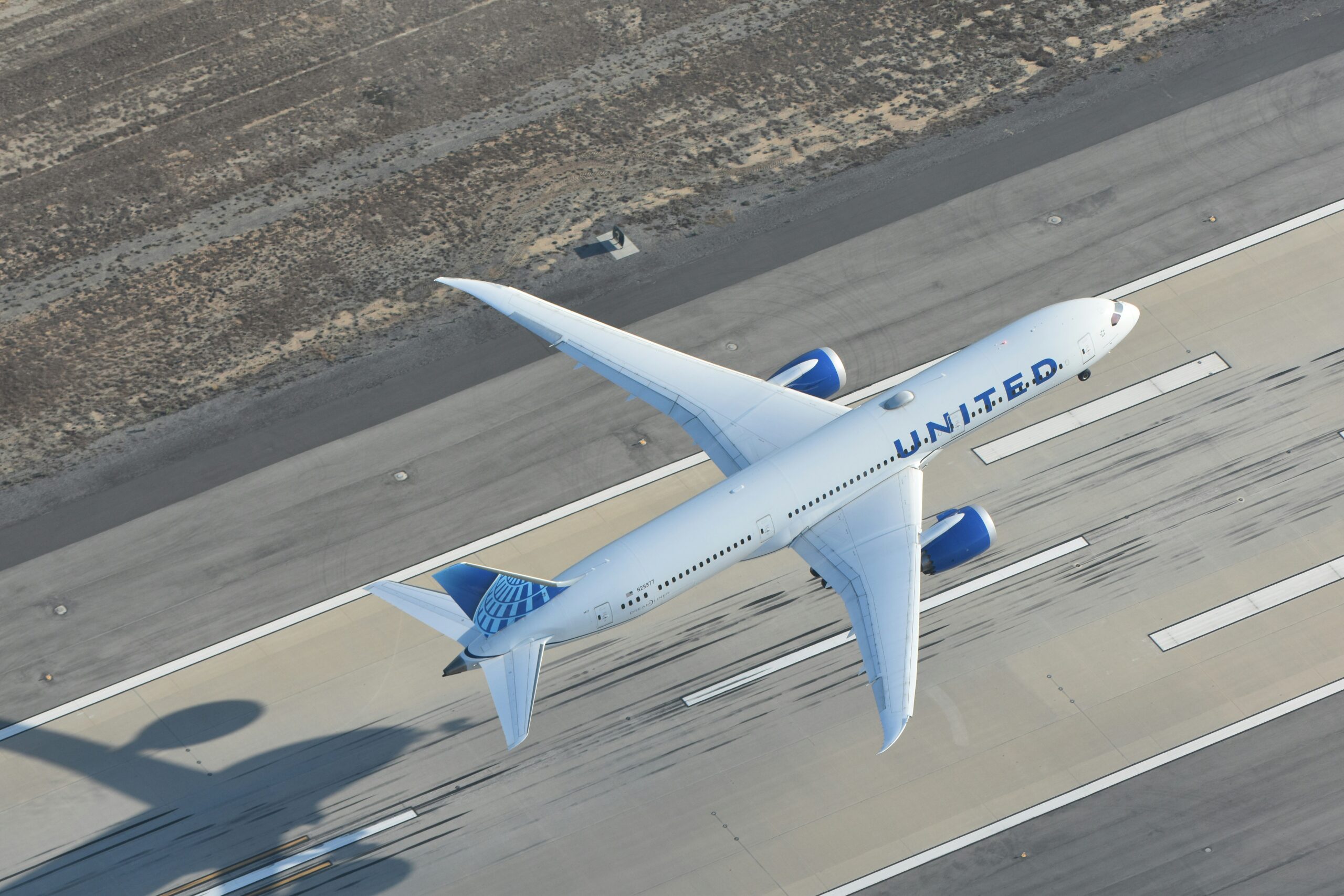
Photo: United Airlines. Courtesy of David Syphers / Unsplash
OPSGROUP, which runs the Safe Airspace risk-tracking platform, warned that the U.S. attacks on Iran could raise the threat to American operators, not only over Iran but also across Gulf airspace—including Bahrain, Oman, Saudi Arabia, Qatar, and the UAE.
The U.S. Federal Aviation Administration (FAA) has previously issued advisories for commercial flights over conflict zones in the region, and additional restrictions may be forthcoming.
European and Asian Carriers Cancel Dubai and Doha Flights
Flagship airlines across Europe and Asia have mirrored this caution. British Airways, Air France-KLM, Iberia, Finnair, Singapore Airlines, and Kazakhstan’s Air Astana all canceled services to Dubai and Doha—two of the Middle East’s busiest aviation hubs.
British Airways, which had earlier paused flights to Bahrain until June 30, resumed some operations to Dubai and Doha but diverted at least one flight from London Heathrow to Zurich mid-route. “As a result of recent events, we have adjusted our flight schedule to ensure the safety of our customers and crew,” British Airways told The Financial Times.
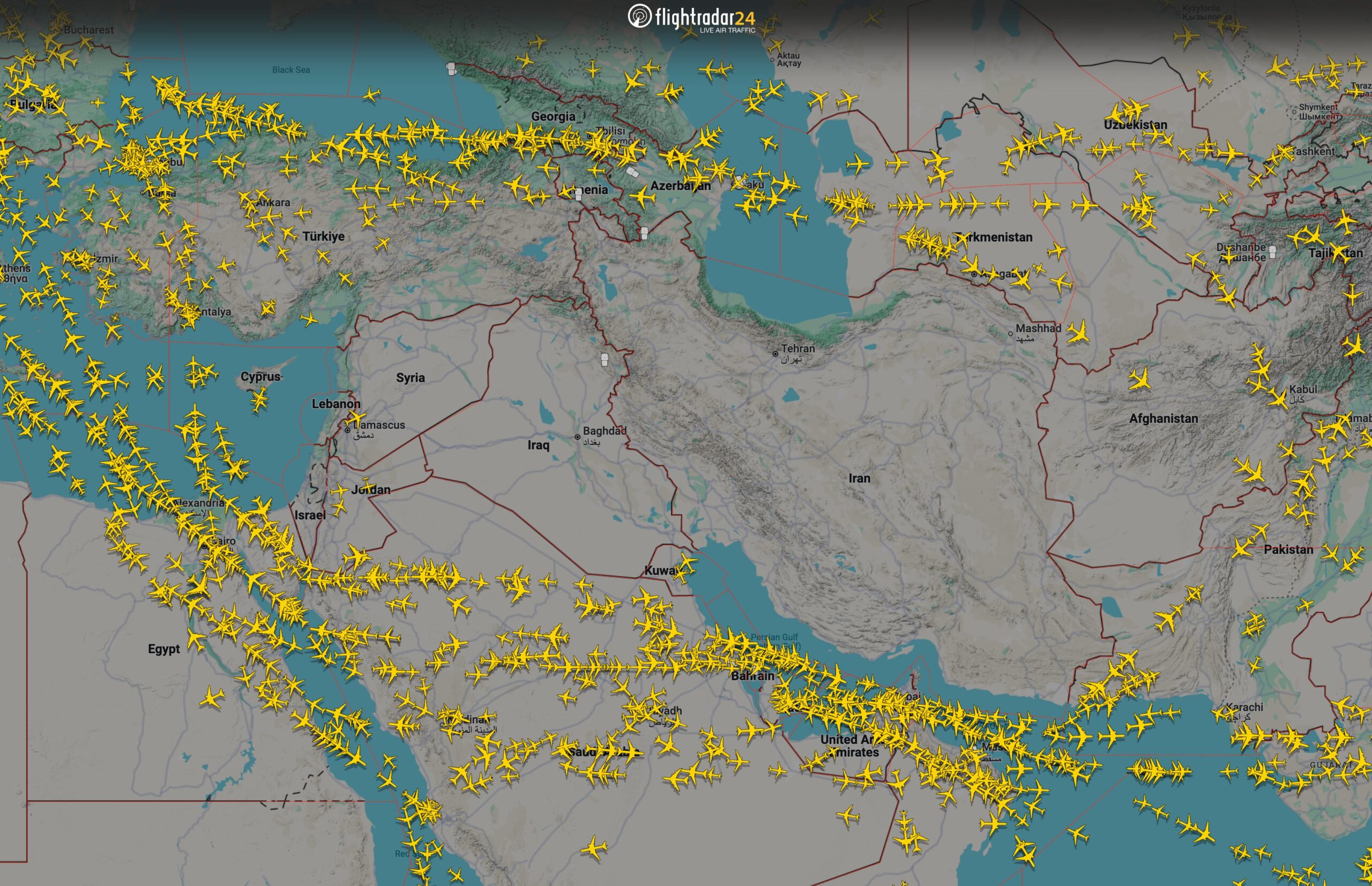
Photo: Courtesy of Flightradar24
Air France confirmed it canceled flights to both Dubai and Riyadh, while Finnair extended its suspension of Doha flights through at least Tuesday.
Flight disruptions extend beyond these cities. With airspace closures over Israel, Iraq, and Jordan, the broader Middle East has become a no-go zone for many airlines. According to FlightRadar24 data cited by The Financial Times, over 3,000 flights per day have been canceled in the region since the conflict intensified.
The Hidden Threat: Spoofing and Jamming
Alongside the physical dangers of operating in or near active conflict zones, airlines are now grappling with high-tech threats like GPS spoofing and signal jamming.
GPS interference over the Persian Gulf since 12 June.
View our GPS jamming map for 6 and 24 hour interval data at https://t.co/Ngz8eE1Zbk
Read more about how GPS jamming and spoofing can affect aircraft at https://t.co/7Q48kTfwp4 pic.twitter.com/beHpNvngeU
— Flightradar24 (@flightradar24) June 22, 2025
Reuters reported a “dramatic increase” in such incidents over the Persian Gulf in recent days. SkAI, a Swiss-based technology firm, recorded over 150 aircraft affected by spoofing within a 24-hour period.
Flightradar24 confirmed increased interference, which poses significant risks to aircraft navigation systems. As airlines rely heavily on GPS for routing and communications, these disruptions add another layer of operational concern.
Middle Eastern Airlines Grapple with Disruptions
At the heart of the regional crisis, Gulf carriers are also making rapid adjustments. Airlines based in the United Arab Emirates—one of the world’s most important aviation hubs—have suspended multiple routes and issued warnings about possible further disruptions.
Etihad Airways has suspended flights to Tel Aviv until at least July 15. “This remains a highly dynamic situation,” the airline said in a statement to The Khaleej Times. “Additional changes or disruptions—including sudden airspace closures—may occur at short notice.”
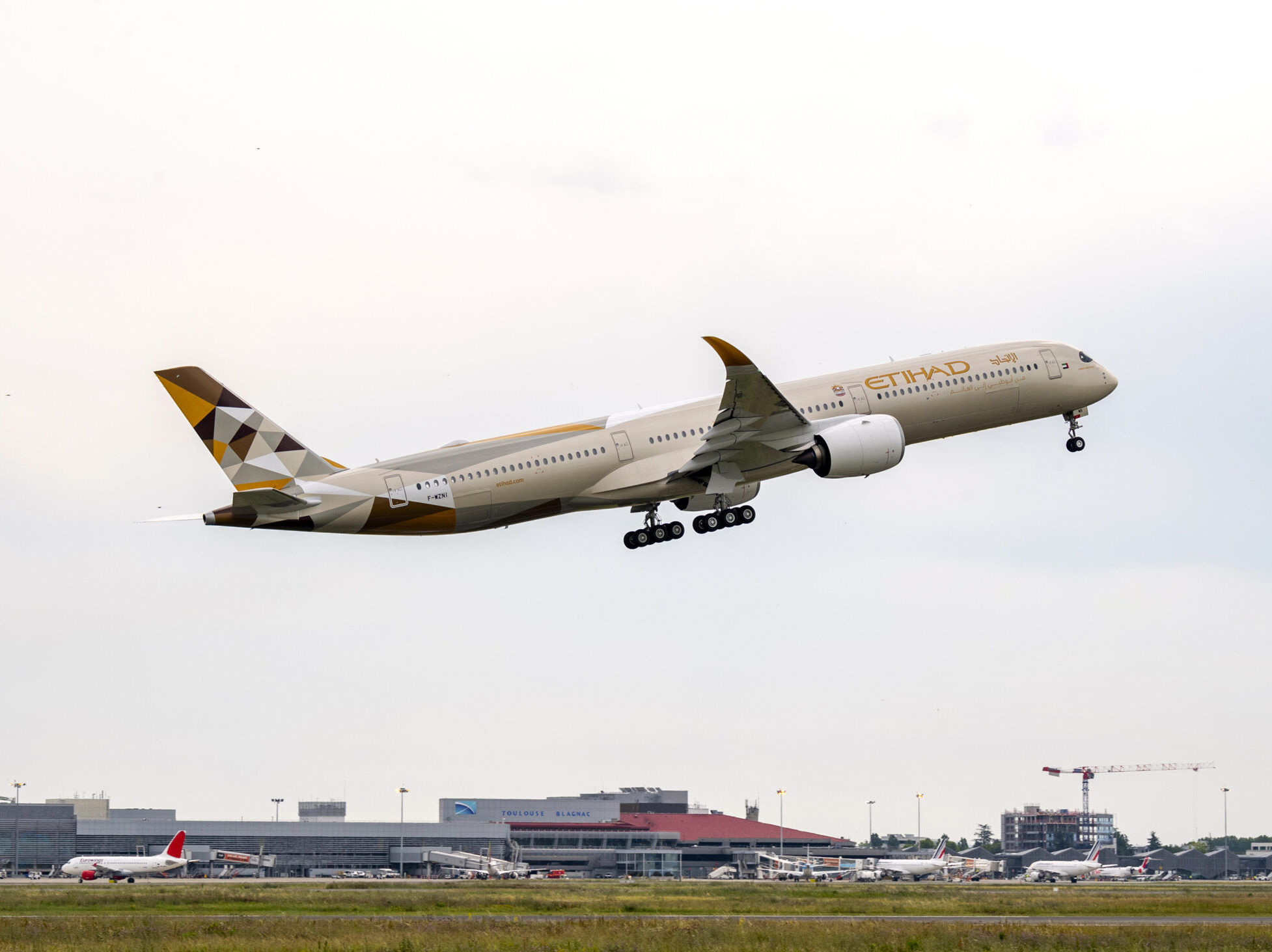
Photo: Courtesy of Airbus – Master Films – Hervé Goussé
Flydubai, Dubai’s low-cost airline, has temporarily suspended flights to Iran, Iraq, Syria, Israel, and St. Petersburg through June 30. It advised passengers to monitor their flight status and review rebooking options via its website.
Emirates has halted services to Tehran, Baghdad, and Basra until at least June 30, and Sharjah-based Air Arabia has suspended flights to Iran, Iraq, Russia, Armenia, Georgia, and Azerbaijan for the rest of the month. Flights to Jordan are also paused until June 25.
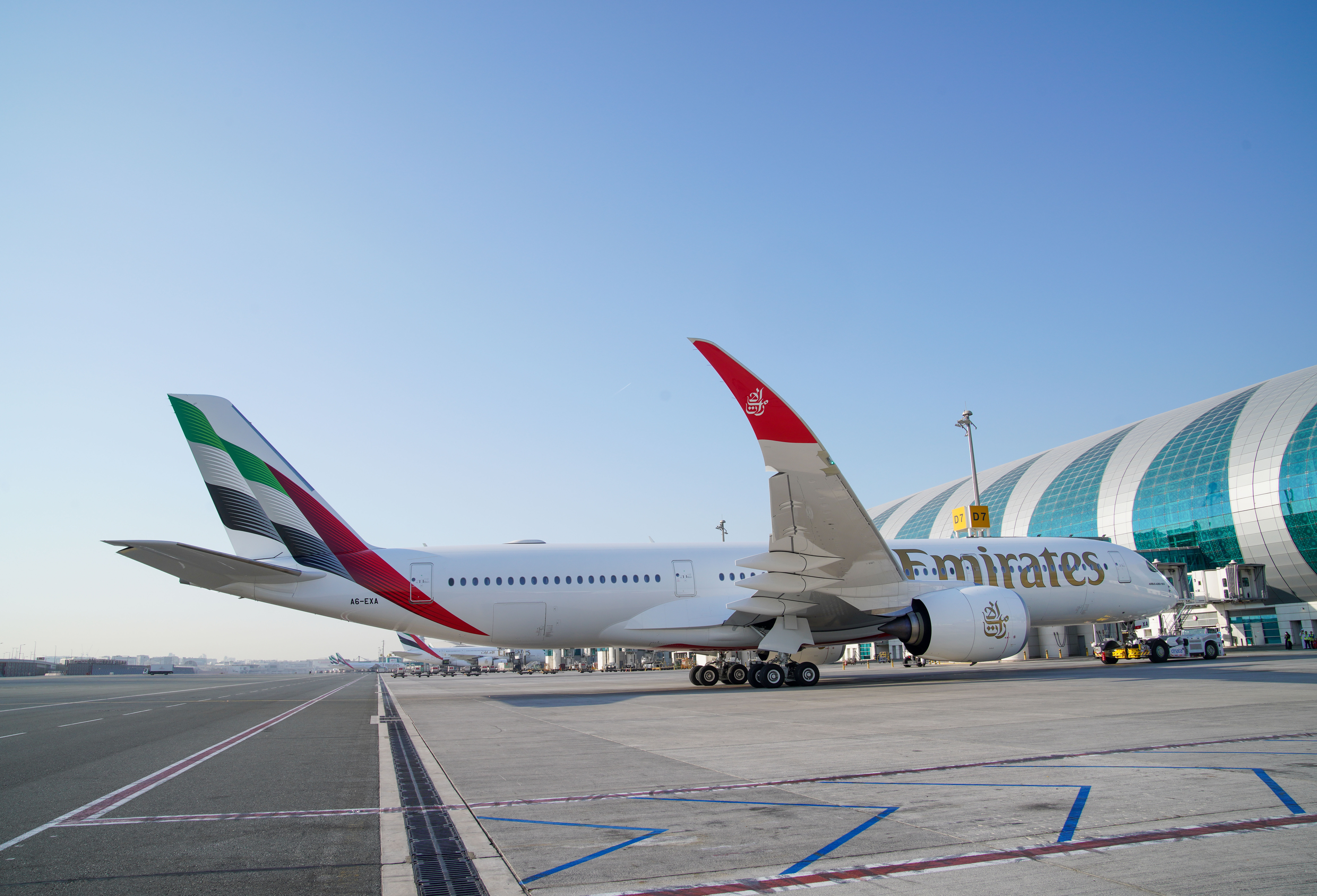
Photo: Emirates, Airbus A350-900. Courtesy of Emirates
“Several other flights are being delayed or rerouted as a result,” Air Arabia told The Khaleej Times, noting that passengers transiting through UAE airports to suspended destinations will not be accepted for travel until further notice.
Analysts warn that if the conflict escalates further, these disruptions could deepen. The Khaleej Times reported that Gulf governments have voiced concern and called for de-escalation, while carriers brace for further airspace restrictions.
Some Airlines Are Beginning to Resume Operations
As hopes of a decline in the conflict rose following the announcement of a ceasefire between Israel and Iran on Monday evening, some airlines have announced their intentions to resume operations in the region as early as this week.
Air India was one of the first major airlines to announce the resumption of services to the Middle East, with most of its flights to the region set to operate as normal on Wednesday, according to the airline.

Photo: Air India Boeing 787-8 Dreamliner. Courtesy of Daniel Eledut / Unsplash
“As airspaces gradually reopen in certain parts of the Middle East, Air India will progressively resume flights to the region starting today, with most operations to and from the Middle East resuming from June 25,” said a spokesperson for Air India.
Meanwhile, British Airways has resumed some flights to Doha, with its 9:00 AM service from London Heathrow arriving successfully in the Qatari capital on Tuesday evening. It also appears to be resuming flights to Bahrain ahead of schedule, with its 10:30 PM service from Heathrow on Tuesday scheduled to go ahead as of 12:00 PM EDT.
Singapore Airlines plans to restart operations as early as this week, with its flight to Dubai scheduled for Thursday still scheduled to go ahead as of June 25 as of 12:00 PM EDT. However, having previously described the ongoing situation as ‘fluid,’ there is no guarantee that this won’t change.
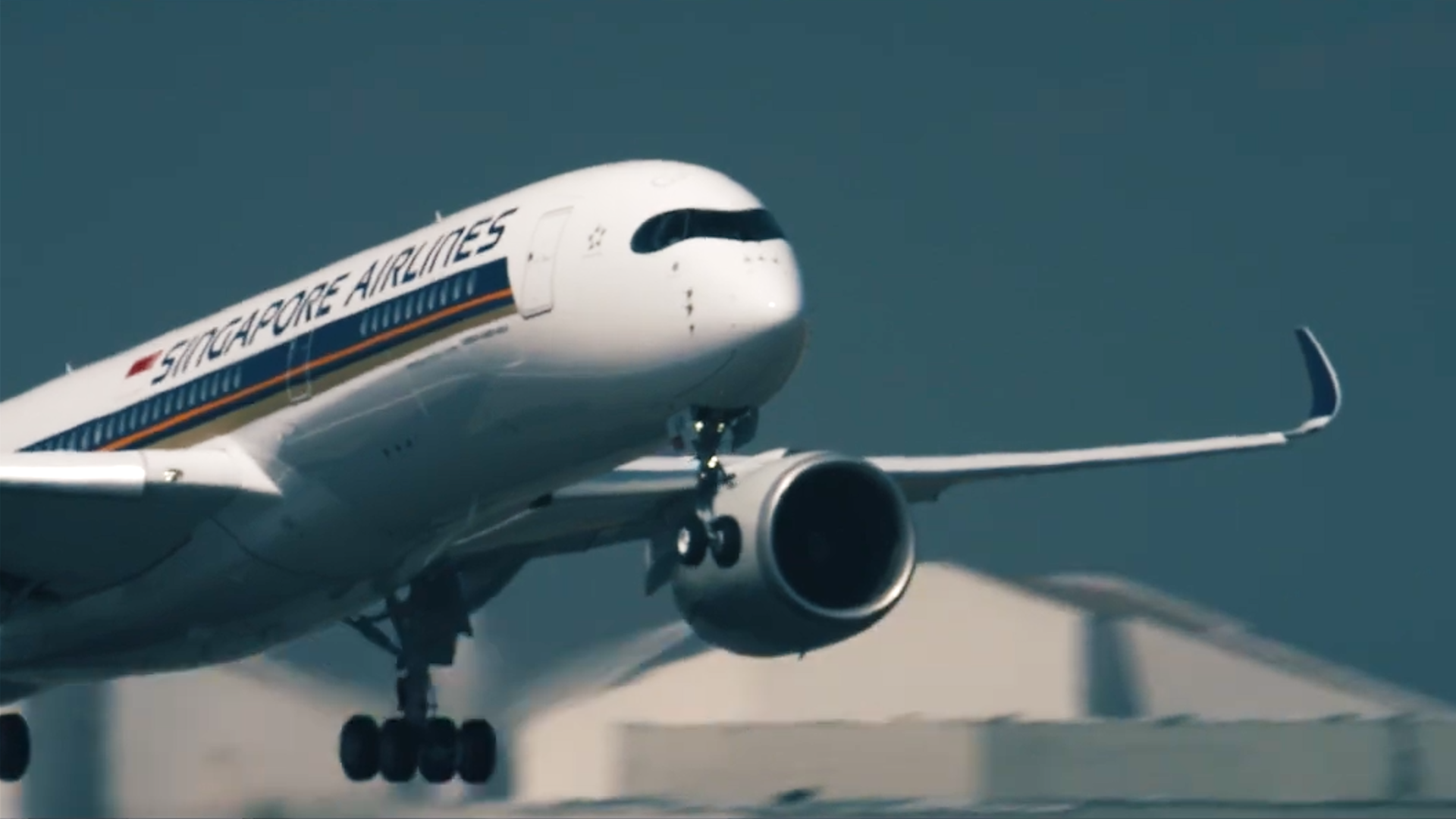
Photo: Courtesy of ReachTV
Meanwhile, the next American Airlines flight to Doha is scheduled to leave Philadelphia at 8:40 PM on Thursday, while United’s 21:10 PM service to Dubai from Newark the same day remains on, according to Google Flights. Both carriers’ Tuesday and Wednesday services remain canceled.
Gulf Airports Almost Back to Normality
The two largest airports in the Gulf region—Dubai and Doha—have largely returned to normal operations as of Wednesday morning This is even though on Tuesday, 32 percent of incoming flights to Doha were canceled, according to Flightradar24. This was the highest cancellation rate of any airport in the world, followed by Dubai in second place with 12% of arrivals canceled.
However, these cancellation rates improved significantly on Wednesday morning, with the number of canceled flights to Doha down to 12 percent and the number of canceled arrivals in Dubai at just 2 percent.

Photo: Courtesy of Dubai International Airport
But despite these improvements, airlines have warned passengers that they may still face significant disruption when flying in and out of the region, with large crowds and delays expected.
“Our focus at this time is to help our passengers return home or reach their onward journey safely and smoothly,” said Qatar Airways in a statement following the reopening of airspace over Qatar on Tuesday. “We are working tirelessly with government stakeholders and the relevant authorities to restore operations as quickly as possible.
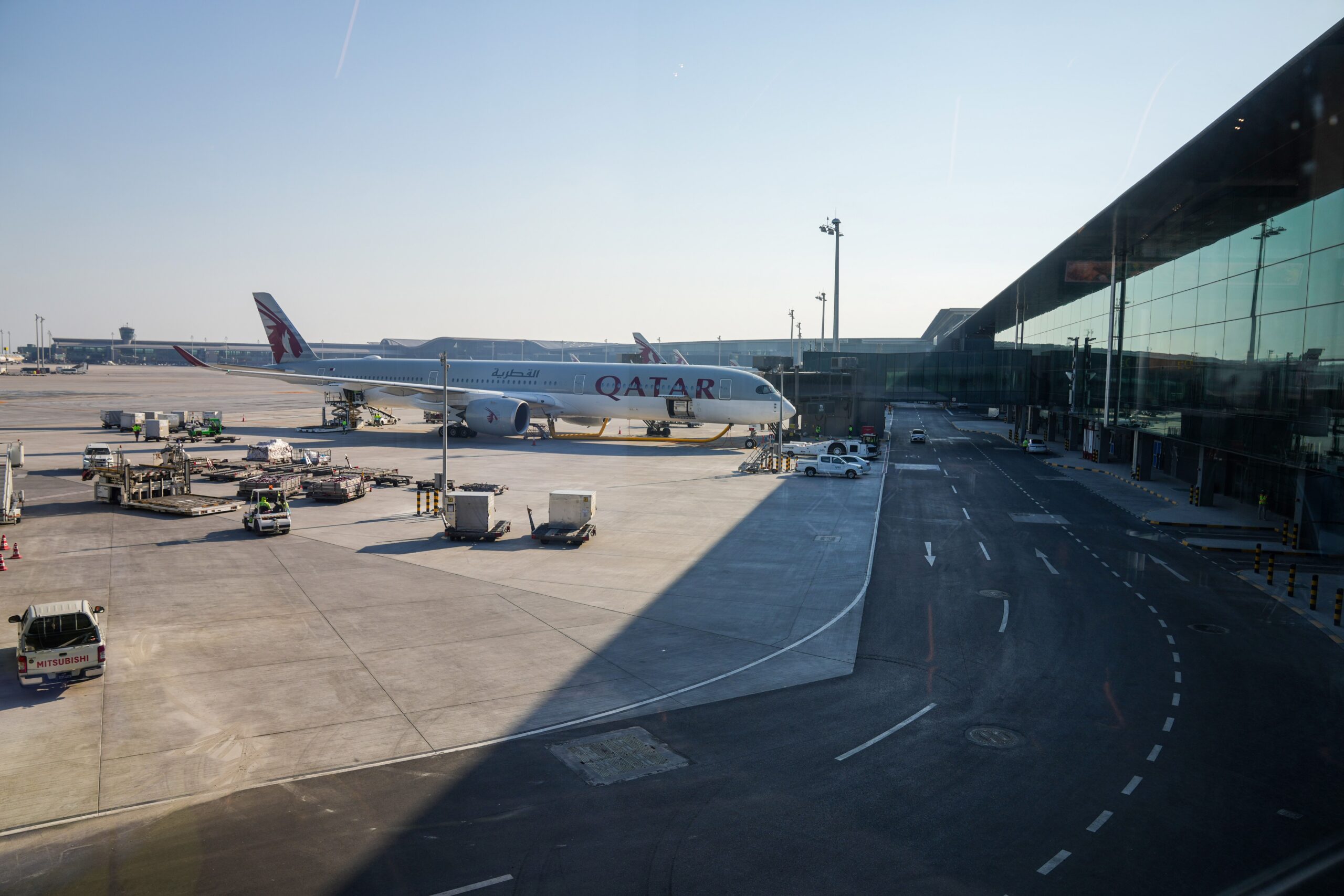
Photo: Courtesy of Doha Hamad International Airport
“We have also deployed additional ground staff at Hamad International Airport and other key airports to assist affected passengers by minimizing disruptions and offering the utmost care and support to all customers. As operations resume, we anticipate significant delays to our flight schedule.”
Airlines Offering Refunds to Affected Passengers
Following the significant disruption to multiple carriers and the resulting fallout of missed connections and stranded travelers across the region and beyond, many airlines have offered some sort of refund to affected passengers.
Qatar Airways, which has warned of disruptions lasting until June 26, has said passengers can change their travel dates free of charge until July 15. Emirates has also confirmed that it is helping affected passengers with rebookings and refunds, while Etihad has said it is assisting its passengers with alternative travel options.

Photo: American Airlines, Boeing 787-9. Courtesy of Hieu Nguyen / Unsplash
All three major U.S. airlines have also issued travel waivers for affected passengers. American Airlines is waiving flight change fees for flights to either Doha or Dubai until July 6; United is offering rebookings for flights to Dubai until July 3, while Delta is offering rebooking options for passengers booked on Tel Aviv flights until the end of August.
Meanwhile, British Airways is offering free rebookings for passengers flying to Dubai or Doha until June 29, with alternative flights available until July 13. Singapore Airlines is also offering full refunds to passengers affected by flight cancellations, as well as assisting with alternative travel arrangements.
Rising Costs and a Long Road Ahead
The cascading effect of longer routes, higher fuel burn, extended crew duty hours, and possible aircraft downtime could lead to a spike in operating costs. These logistical headaches are further compounded by expectations of rising jet fuel prices in the wake of the conflict.
With summer travel demand holding steady, some of those costs may eventually be passed on to passengers.
A New Chapter in Airspace Risk
This latest crisis highlights a deeper challenge for the aviation industry: the shrinking availability of safe and efficient airspace. With key corridors over Russia, Ukraine, and now much of the Middle East off-limits, airlines face mounting difficulties in connecting major global markets.
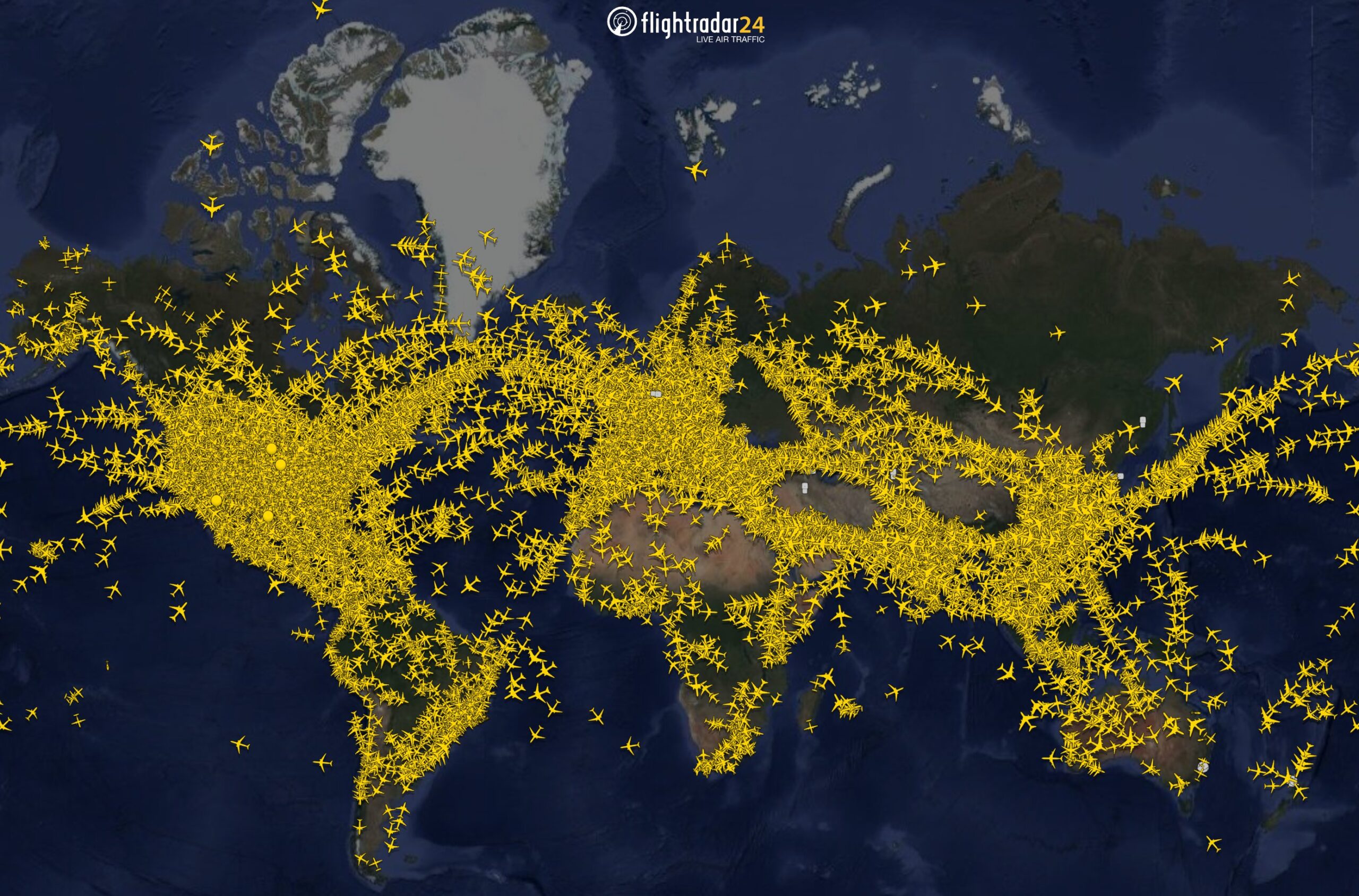
Photo: Courtesy of Flightradar24
“We had already taken measures such as rerouting,” an executive at a major European airline told The Financial Times. “But this situation is more serious than last week.”
The coming days will reveal whether this crisis marks a temporary disruption—or the beginning of a prolonged recalibration of global air routes.



